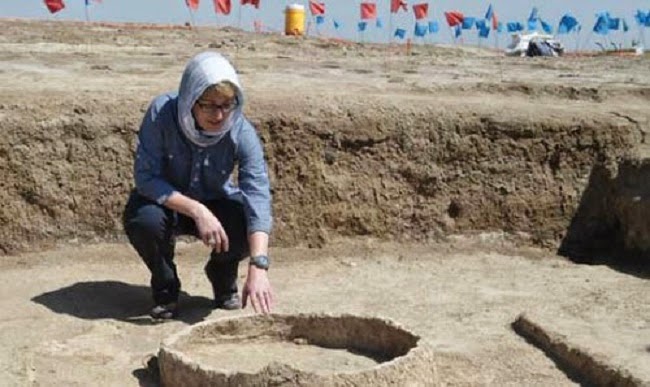Merry Wanderer of the Night [Search results for university]
Jordan: Drone offers glimpse of looting at Jordanian site

Heritage: 35,000-year-old skeleton to return to Egypt

The house-tree by Tatiana Bilbao
Iraq: Archaeologists defy ISIS militants in Iraq

Near East: Satellite images reveal plight of six Syrian sites

Near East: Race is on to map endangered archaeological sites

North America: Artifacts at risk as Black Warrior River erodes soil at Moundville

UK: Christie’s artefacts linked to organised crime

Sunday Salon: Editorials and Tandems

Libya: Years of conflict threaten archaeology in Libya

Rainforests: World Heritage Sites risk collapse without stronger local management

Rachel Nichols 2America Beautiful Actress 2011 tops

Beatrice and Eugenie are stripped of their 24-hour protection after row over £50,000 annual cost

North America: Ancient coin collection resurfaces after 80 years

Iraq: Archaeologists help protect ancient sites in north Iraq

America: Our Better History
Miss Universe Canada 2011 Contestant - Stefania Balasoiu's Photo & Profile/Biography

Review and Giveaway: Willing Spirits by Phyllis Schieber

Review, Blog Tour & Giveaway: Babydoll by Allyson Roy

Montaigne Readalong Week Six


